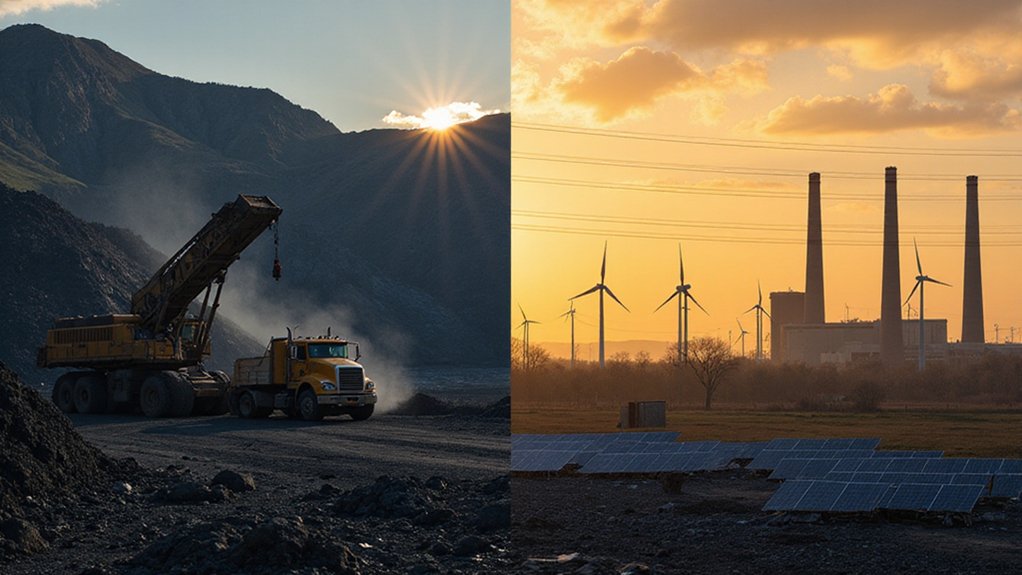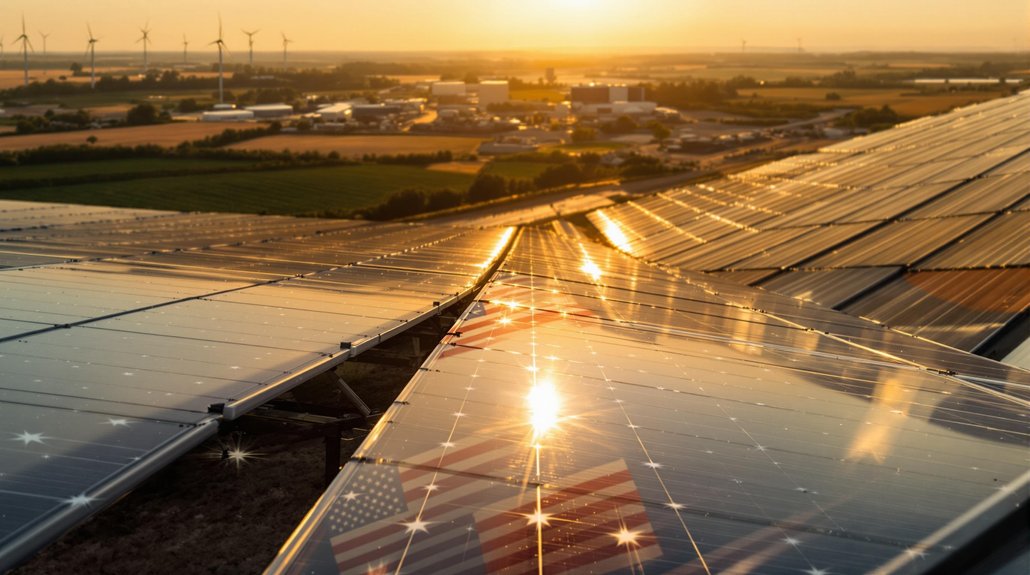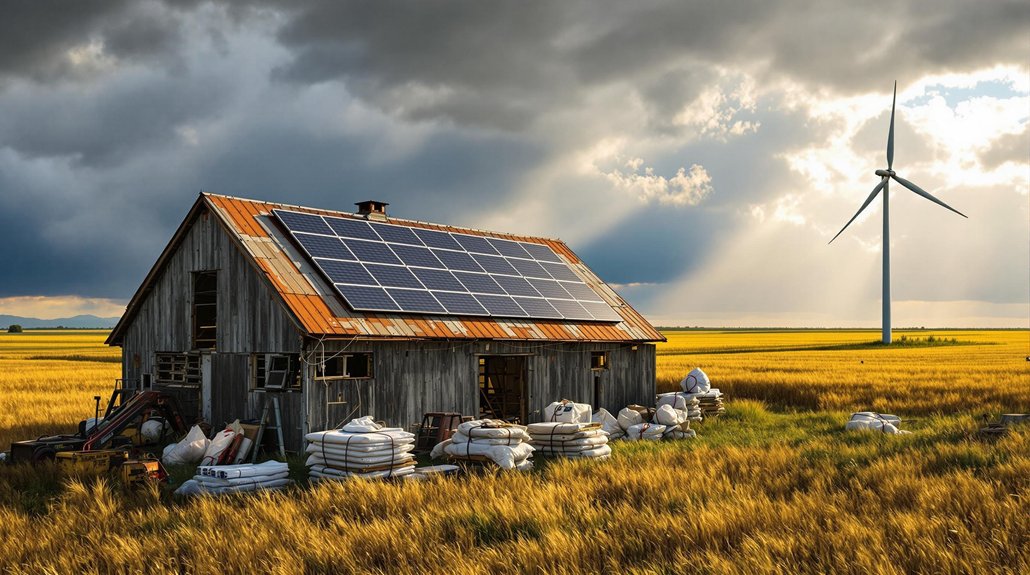Coal’s comeback looks more political than practical. Recent executive orders label coal “essential” for energy independence, despite its market share dropping below 15%. Economics aren’t on coal’s side—new plants cost double what renewables do. The industry still generates trillions in value and thousands of jobs, but faces competition from cheaper natural gas and clean energy. Politics may keep coal plants running, but market forces tell a different story.
Despite being written off as yesterday’s fuel by renewable energy enthusiasts, coal is making a surprising and strategic comeback in America’s energy landscape. Valued at trillions of dollars, this national energy asset supports hundreds of thousands of jobs and contributes billions to the economy annually.
Recent executive orders have bulldozed regulatory barriers that once held coal production in check. Goodbye Paris Agreement, so long Green New Deal.
The administration has declared a national energy emergency, fast-tracking coal project permits and making it harder for anyone to discriminate against coal-fired electricity. Because, you know, coal needs protection these days.
Officials tout coal as essential for economic prosperity, energy independence, and national security. They’re also pushing exports to help allies abroad. Coal comeback, American style.
Grid stability is the new buzzword justifying the coal revival. With electricity demand surging from manufacturing and hungry AI data centers, coal is being rebranded as the reliable, all-weather backbone that keeps lights on when solar panels are snow-covered and turbines aren’t spinning.
Coal: America’s reliable backup plan when Mother Nature leaves renewables powerless.
Plus, all those high-paying jobs! Who doesn’t love a paycheck? The industry’s focus on short-term record profits mirrors Big Oil’s prioritization of shareholder returns over climate commitments.
But market realities tell a different story. Coal’s share of U.S. electricity generation has plummeted below 15% in 2024, down from its 2007 glory days. Economic competition from cheaper and cleaner fuels, such as natural gas and renewables, continues to drive coal’s decline. New coal electricity costs more than double what solar, wind, or natural gas can deliver.
Nearly a quarter of existing coal plants are already scheduled for retirement by 2029. Facts are stubborn things.
“Clean coal” technology is being pitched as the compromise solution, supposedly balancing environmental worries with energy demands. Meanwhile, environmental groups roll their eyes.
Coal’s expansion threatens to derail billions in renewable investments, despite accounting for a whopping 55% of electricity-sector carbon emissions while generating just 10% of our power in 2022. The Department of Energy may invoke emergency powers to keep uneconomical coal plants running at consumers’ expense. Efficiency at its finest!
The coal comeback might be more political thunder than economic lightning.
References
- https://www.whitehouse.gov/presidential-actions/2025/04/reinvigorating-americas-beautiful-clean-coal-industry-and-amending-executive-order-14241/
- https://www.whitehouse.gov/fact-sheets/2025/04/fact-sheet-president-donald-j-trump-reinvigorates-americas-beautiful-clean-coal-industry/
- https://abcnews.go.com/US/coal-resurgence-us/story?id=120638406
- https://pv-magazine-usa.com/2025/04/14/trumps-coal-revival-could-lead-tens-of-billions-of-dollars-in-renewables-stranded/
- https://www.usfunds.com/resource/trumps-coal-comeback-could-face-a-brutal-economic-reality/









